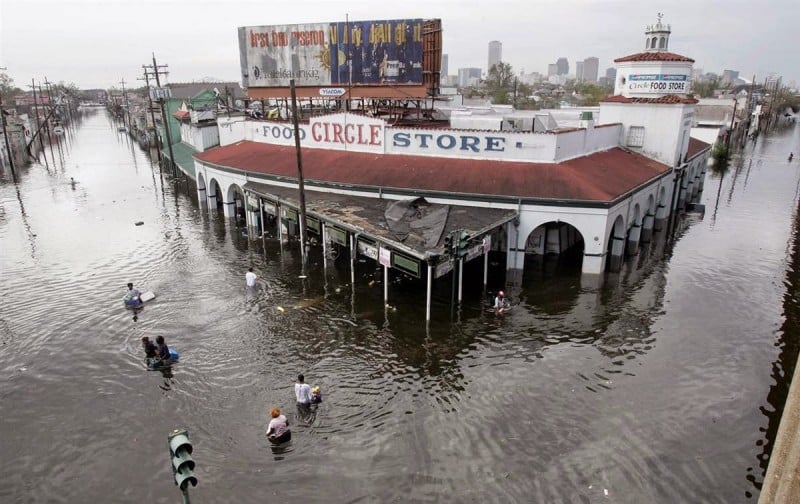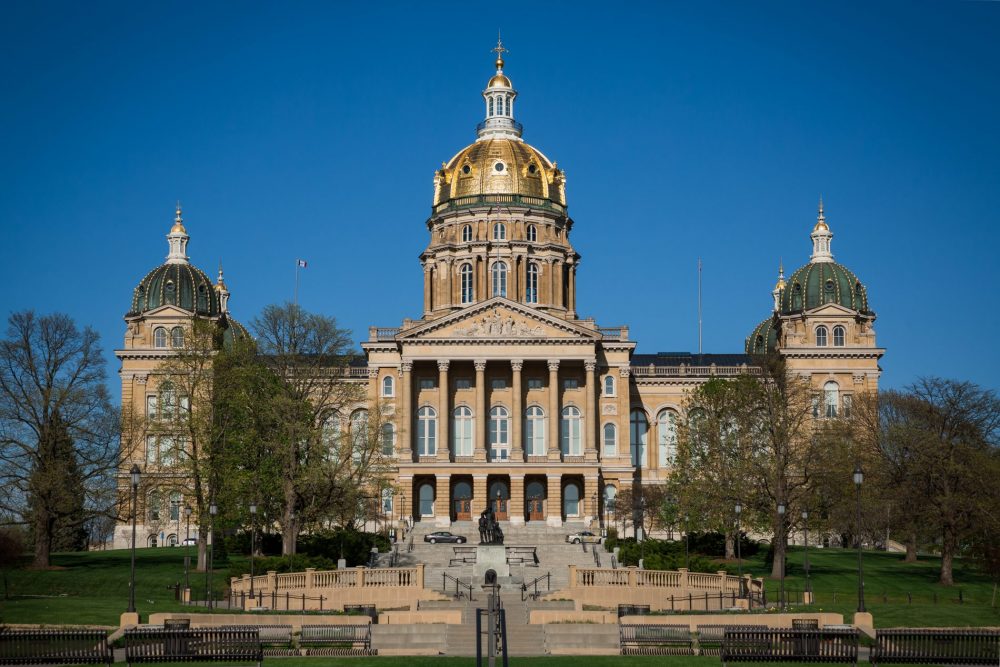As of 2024, most students who attend the University of Northern Iowa were born during or after 2001, meaning that most students were no older than three or four years old when Hurricane Katrina devastated the gulf coast. Most students don’t have memories of the natural disaster beyond the clip of Kanye West on national television saying “George Bush doesn’t care about Black people,” and the pictures of New Orleanians trapped on their roofs waiting to be rescued. On this year’s 19th anniversary of the devastation, Spike Lee’s documentaries “When the Levees Broke” and “If God is Willing and Da Creek Don’t Rise” still offer a valuable perspective on how federal mistakes can lead to death and devastation.
One of the most common misconceptions about Hurricane Katrina and its effects on New Orleans is that the flooding didn’t come from Hurricane Katrina itself. The flooding came from over 50 levees surrounding New Orleans failing while the hurricane passed New Orleans, leading Lake Borgne and Lake Pontchartrain to flood New Orleans. For days, New Orleanians were stranded in the flooded city without food or water in the brutal heat and humidity. People were trapped in their houses, in the New Orleans Superdome and the Convention Center. In Lee’s “When the Levees Broke,” it’s detailed just how horrific the environment was. Bodies floating in the flooded street, looting due to a lack of clean water and food, and people trapped on their roofs writing SOS and waving flags at passing helicopters.
“When the Levees Broke” was a documentary made in an effort to elaborate on what actually happened in New Orleans during Hurricane Katrina. “If God is Willing and Da Creek Don’t Rise” is a follow-up documentary made five years later on how New Orleans continues to cope with the natural disaster. “When the Levees Broke” lends itself to those who know nothing about Hurricane Katrina as a textbook on how not to navigate a flood that devastated and misplaced thousands of Americans along the gulf. The documentary crafts a narrative that’s hard to digest as it’s the reality of the situation. The gravity of that is one that’s hard to swallow. What Lee does in “When the Levees Broke” is deliver the hard truth, one of failure from the federal government, failure from the Corps of Engineers, and from the Federal Emergency Management Agency (FEMA). Lee allows the interviews to be the narration of a documentary, using footage captured from the devastation as a backdrop to the survivors’ stories. Lee illustrates through a compilation of interviews that these failures cost people their lives, their homes, and their families.
“If God is Willing and Da Creek Don’t Rise” was crafted as a follow-up on the people Lee had interviewed five years prior in “When the Levees Broke.” It discusses the lack of resources given to New Orleanians, and how those displaced after Katrina yearn to go back to their home city. Most of the displaced New Orleanians discuss how that’s entirely impossible for them now, although they wish it wasn’t. Some simply bid New Orleans goodbye, and say they could never trust a city that wouldn’t protect them in their time of need. “If God is Willing and Da Creek Don’t Rise” captures this spectrum of emotion alongside the red tape and lack of resources that are provided to New Orleanians still struggling to rebuild five years after Hurricane Katrina.
For those unfamiliar with the devastation brought upon New Orleans because of Hurricane Katrina, both “When the Levees Broke” and “If God is Willing and Da Creek Don’t Rise” provide valuable insight into arguably one of the worst natural disasters that have ever happened in America.
Nineteen years after the devastation, Lee’s “When the Levees Broke” and “If God is Willing and Da Creek Don’t Rise” still provide a lens like no other into the world of New Orleanians and the devastation that occurred not just because of Hurricane Katrina, but because of a multitude of failures and mistakes. Both documentaries are available to stream on HBO’s Max.









